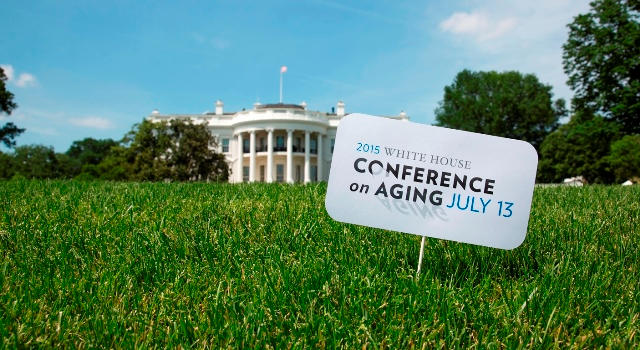Throwback Thursday: Is Earth’s Twin Out There?
Before you tout the next exoplanet as “the most Earth-like ever,” ask whether that’s true, and whether that’s even a good thing.
“You can spend too much time wondering which of identical twins is the more alike.” –Robert Brault
This morning, waves were made when the NASA Kepler mission announced the existence and properties of a new exoplanet: Kepler-452b. This planet was touted as the “most Earth-like planet yet” by many, for a myriad of interesting reasons.
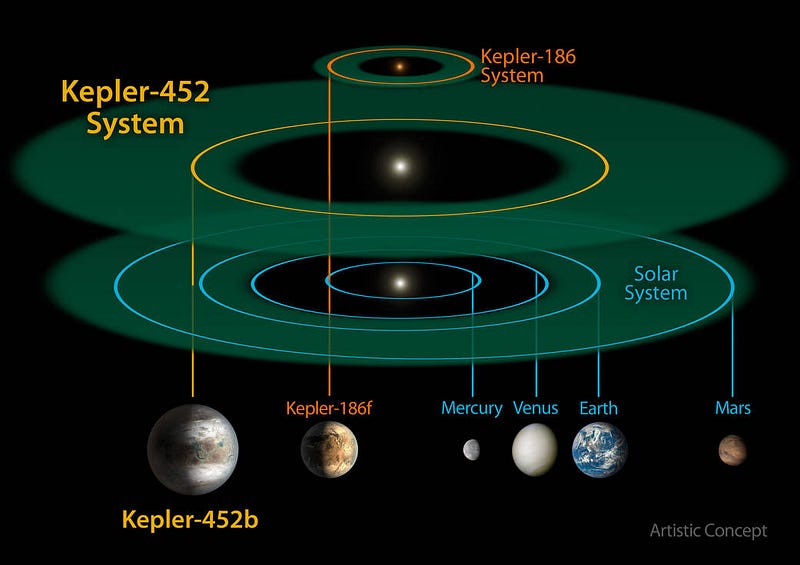
- It orbits a star very much like our own in temperature, mass and size: a G2 star, with nearly the same brightness and the same overall lifetime.
- It orbits at almost the exact same distance and with a nearly identical period to our planet around the Sun: 385 days instead of 365.
There are also a couple of minor differences:
- The star it orbits is more evolved than our Sun: it’s older by 1.5 billion years, and hence it’s a little (20%) brighter and a little (10%) hotter.
- The planet itself is a little bigger than our Earth, with a radius about 60% larger.
When you look at our own Solar System, this last point might not seem like a big deal.
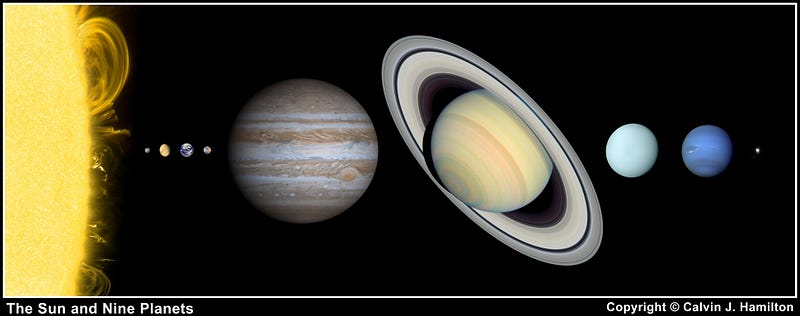
The difference between Earth and Venus is tiny: less than 10% in terms of radius. But to step up, the difference between Earth and Uranus/Neptune is huge: these worlds are some four times the radius of Earth!
So 60% larger might not seem like a whole lot. But this world is still in between the largest rocky, Earth-like world and the smallest gassy, giant-like world. If we want to know whether this is really a big deal — if we want to know whether this world is truly Earth-like or not — we should first explore what it means to be “Earth’s twin,” and to ask whether such an object should even be out there in our galaxy.
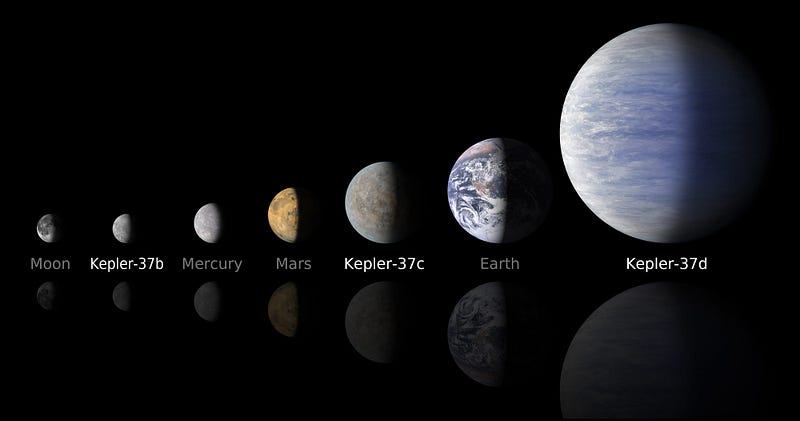
The latest results from Kepler indicate that there are at minimum some 17 billion Earth-sized planets just in the disk of the Milky Way: around at least a few percent of stars with at least one Earth-sized world. But it takes a lot more than simply being Earth-sized to make a genuine twin of the Earth! Yes, we’ve taken some amazing steps forward in the past few years, but let’s not lose sight of the ultimate goal here: to find another planet that harbors some type of advanced life.
That’s why we’re searching for Earth’s “twin” out there: because we want to find a world that has biology like our own. Because we want to know the one thing we’ve been searching for in our hearts since the moment we first realized exactly what we are: to know we’re not alone.
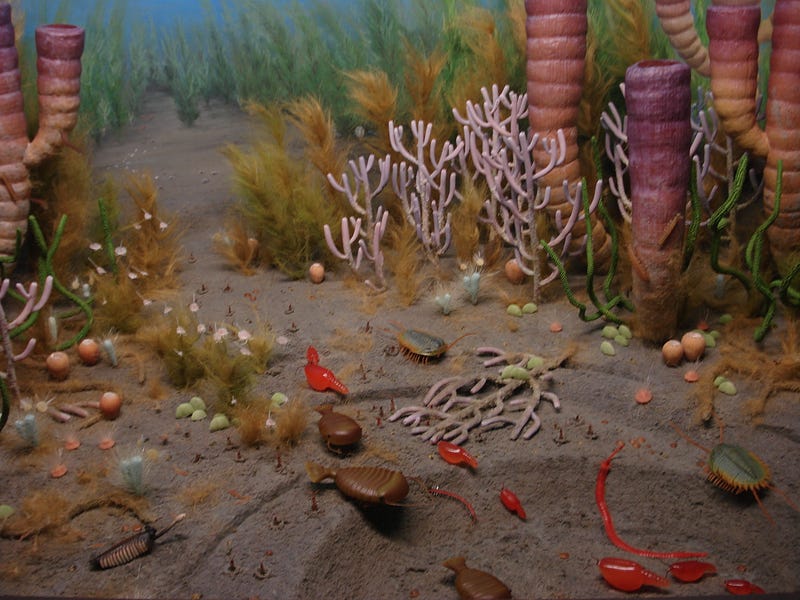
Scientifically, that’s going to mean finding chemical-based life akin to what we know on Earth. Even if it were akin to life on Earth as it was 500 million years ago, that’d be incredibly interesting! There are plenty of other possibilities for life than the chemical-based kind we’ve developed and grown accustomed to here on Earth, and in fact that type may actually be more common in the Universe than the life we know.
But even setting all of that aside, finding another “Earth” out there — a planet like ours around a star like ours — might not be the best bet for finding life like ours out there.
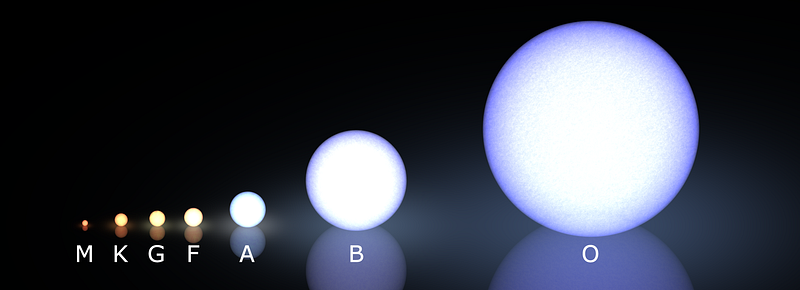
Our Sun is a 4.6 billion year-old G-class star. While you might look at the diagram above and think this makes us an “ordinary” star, the fact of the matter is our star is more massive than 95% of all stars out there! M-dwarfs, the little red guys all the way on the end, are by far the most common star type in the Universe, with three-out-of-every four stars being M-stars. In addition, our oceans will boil after another billion years or so, but M-stars burn at a stable temperature for up to tens of trillions of years!

Kepler has found plenty of Earth-like planets around these M-stars in terms of being in the right places for liquid water on their surface, and being of the right mass-and-size to be more “Earth-like” than anything else. While M-stars may experience flares more frequently, and their planets need to be closer in to their habitable zones (making tidal locking a greater possibility and flares more dangerous), they also offer more stable environments for their planets, with less UV radiation and with more protection from the random violence of interplantary/interstellar space.
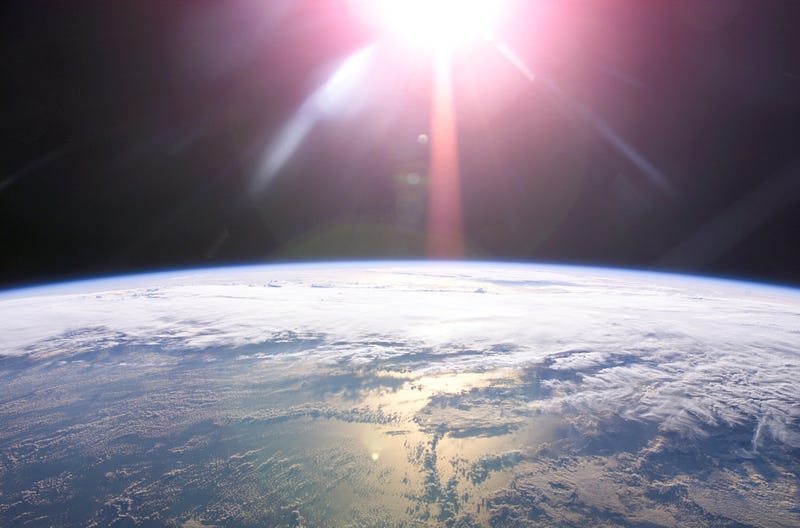
But that’s a digression that could lead us far off course; if we’re looking for Earth’s twin, or a planet that’s an awful lot like our own around a star that’s a lot like our own, let’s think about what we’ll need. And let’s make an estimate, while we go through these thoughts, of how many Earth twins ought to be there.
First off, we’ll need a star like the Sun. That means a star of both the same temperature and spectral class, but also of roughly the same age.

It takes time for life to develop and evolve into something interesting, and that means we need a star system that’s at least many billions of years old. But we also can’t wait too long, because as stars age, the region of the core that fuses hydrogen into helium grows, meaning that power output (and brightness, and hence temperature) increases. Eventually, the planets (like Earth) that were once habitable will get too hot, permanently boiling the surface water and ending life-as-we-know-it.
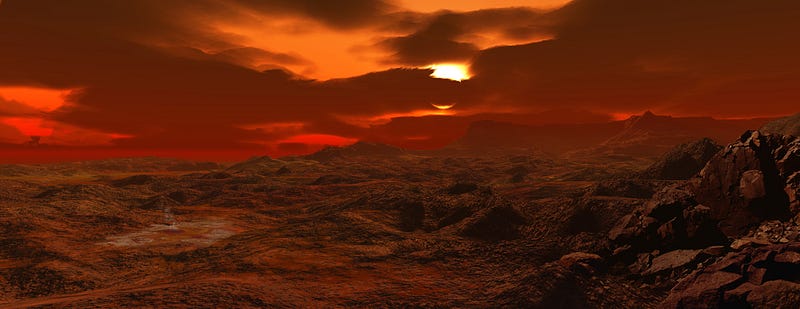
So let’s say we’ve got about a 1–2 billion-year-window, or about 10% of the life of the star. There are some 200–400 billion stars in our galaxy, and about 7.6% of them are G-class stars, or the same type as our Sun. Even though our Sun is more accurately classified as a G2V star, that still means that around 10% of all G-class stars are the same type as our Sun.
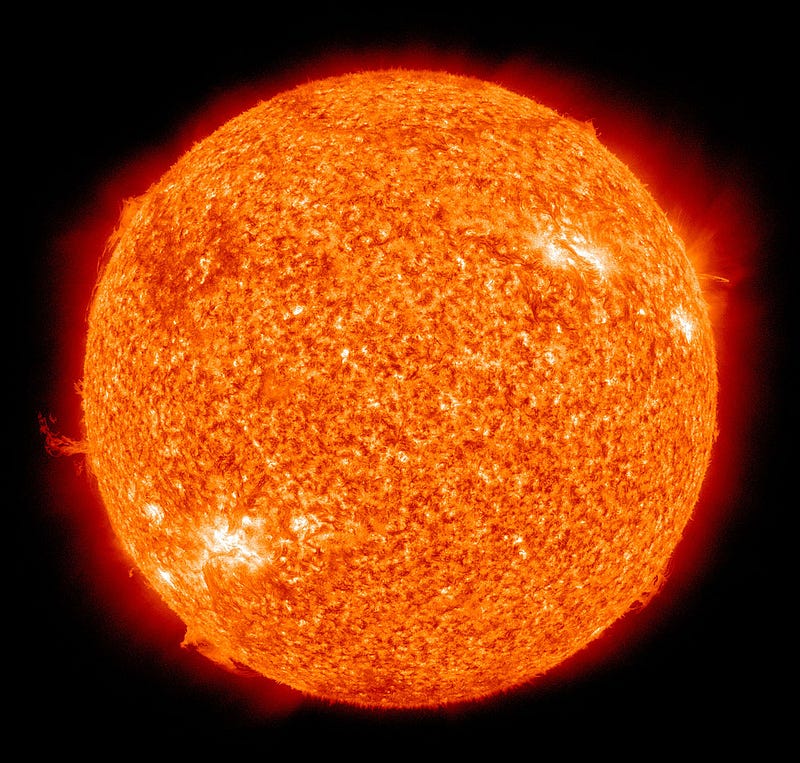
Estimating on the high end, that should tell you that there are 400 billion stars, 7.6% of which are G-class, about 10% of those are the same sub-class as our Sun, and about 10% of those are the right age to have interesting life, or some 300 million candidate stars.
Well, maybe. You see, we need something more than that.
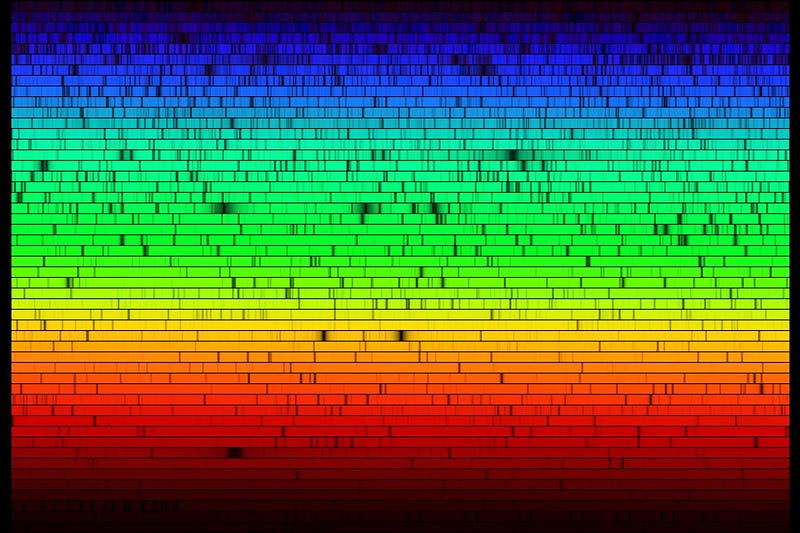
This is the spectrum of the Sun. Or, in other words, these lines you see are representative of all the different atoms — and their ratios — that come from the period table of elements. They’re abundant in our Sun, and they come in very specific ratios.
The amount of everything that isn’t hydrogen or helium to all the fuse-able material in the Sun is what astronomers call metallicity. If we want an Earth-like world, we need a star with a Sun-like metallicity.
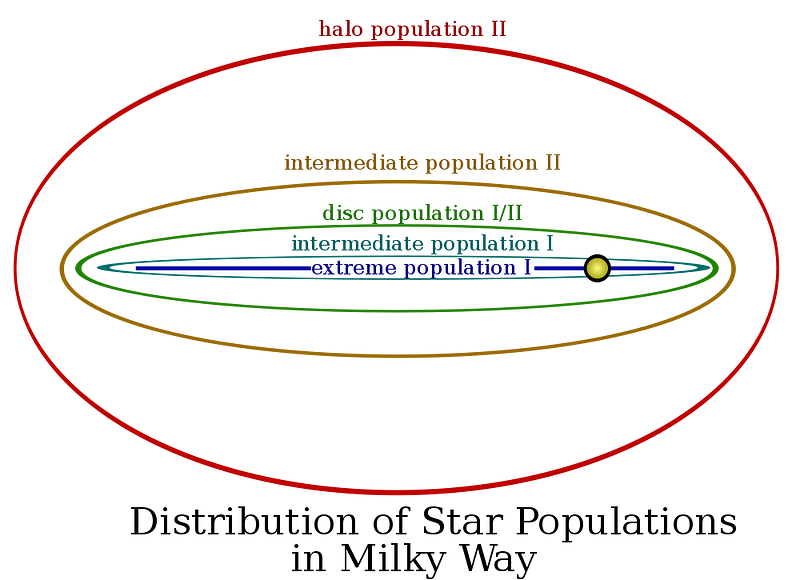
This isn’t so bad; as many as 25% of the stars that were formed around the same time as our Sun were Intermediate Population I stars (like we are), and a great many of them (perhaps around 15% of those) have the same metallicity as our Sun, shown in green, below.
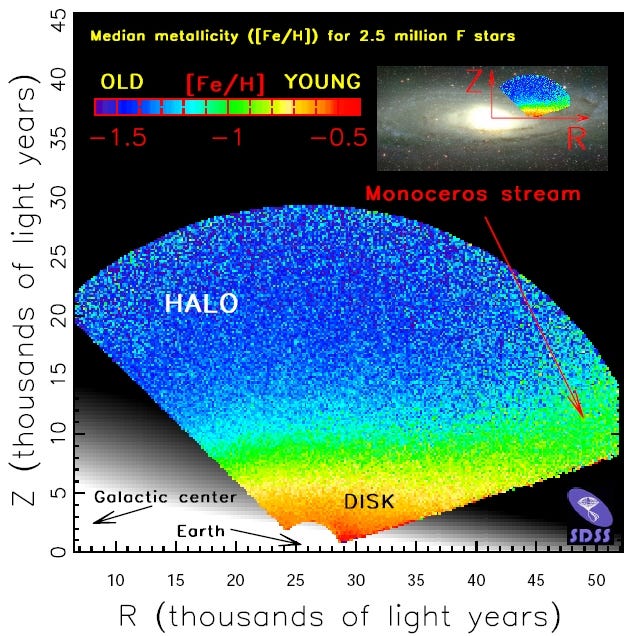
That means there are some 11 million stars in our galaxy that have the same type of home star we do, with the same abundance of heavy elements, that formed at the right time that they could have complex life on their worlds the same way Earth does. (And this doesn’t even take into account that many of the worlds with more or fewer metals could be more likely than Earth to have life. Like I said, just because it happened under our conditions does not mean our conditions are the most favorable for complex life to have happened!)
So out of these 11 million solar “twins,” how many of them have Earth-twins in their habitable zones?
Well…
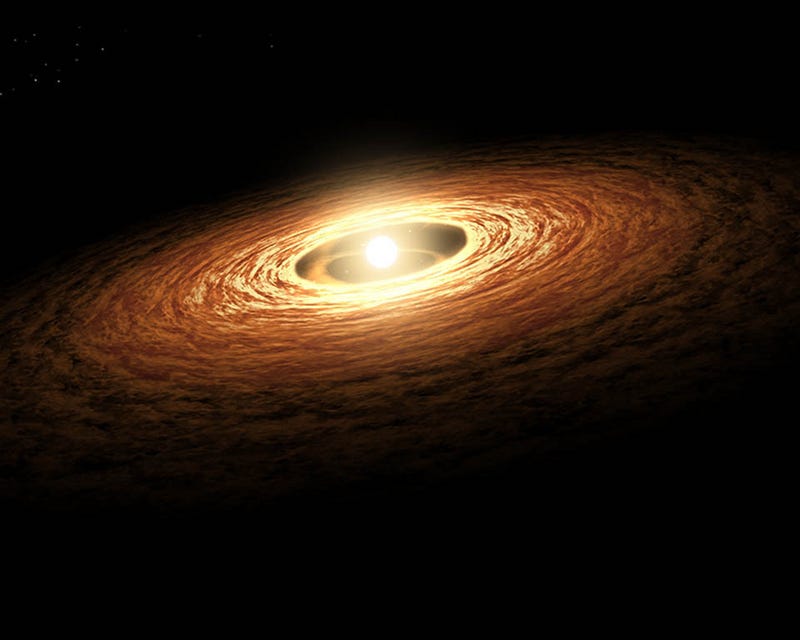
We need to form a rocky planet of the right size with the right elemental abundances, the right amount of water, and in the right location to be considered a twin of the Earth.
These problems are all inter-related. You would think that if the central star has the right elemental abundances, then the planets it formed should have the same density-radius relationship as our Solar System does.
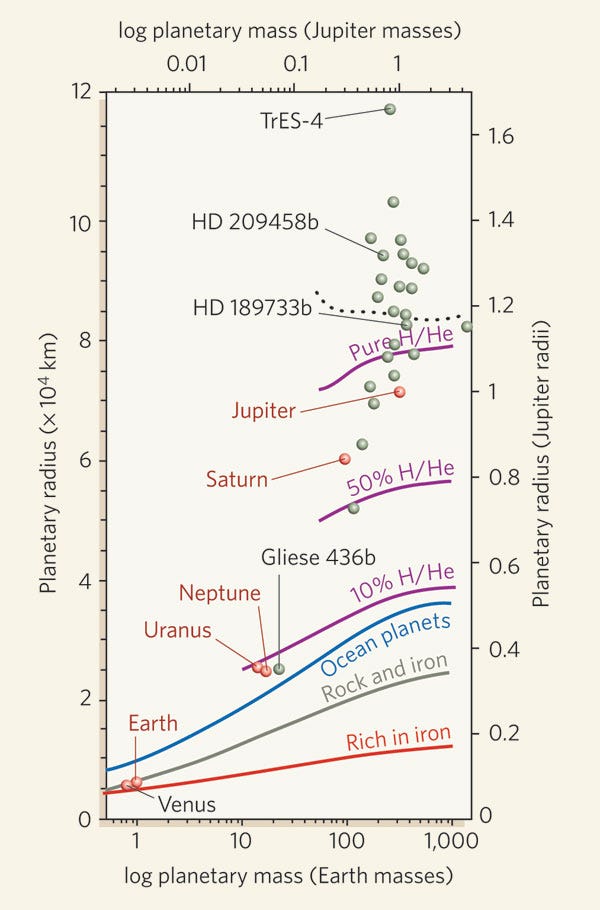
And herein lies the problem. We don’t have any worlds larger than Earth in the inner Solar System, and that’s due to the particulars of how our Solar System formed. The new, coveted “twin” we’re touting? It has 160% of the Earth’s radius… but five times the Earth’s mass.
Is it rocky? Certainly… but it’s probably got a rocky surface beneath a hydrogen-and-helium gas envelope, something it almost definitely has, unlike Earth. At least, this is most likely true, based on what we currently understand about exoplanets so far.
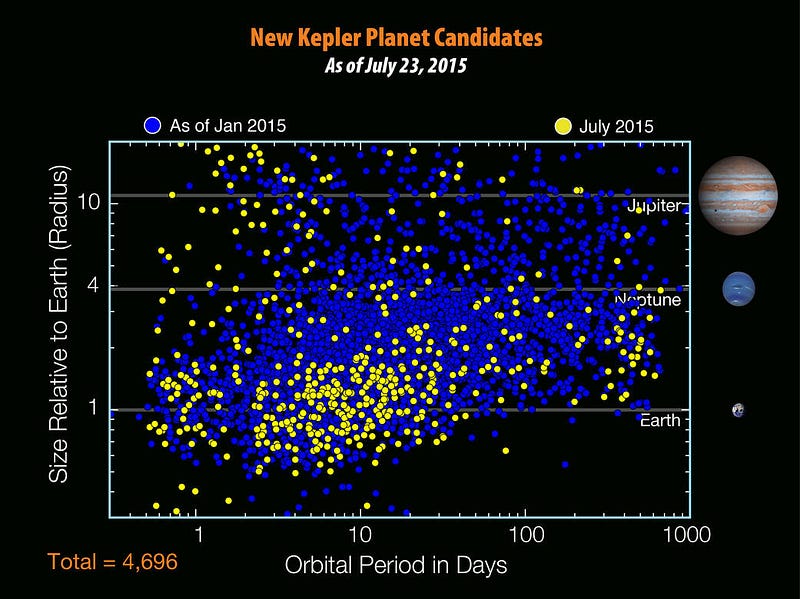
When you’re more than about 20% larger in radius than Earth, you’re very likely to have an envelope of the lightest gases in the Universe — hydrogen and helium — held onto by your planet’s gravity, even if you’re in the inner Solar System. One of the things we’ve learned from Kepler is that gas giants and super-Earths are common in the inner parts of star systems around other stars; we’re the anomaly.
This doesn’t mean that Kepler-452b doesn’t have a rocky surface, doesn’t have a smallish Hydrogen-and-Helium envelope around it, might not have an envelope at all, and even if one is present, that might not preclude liquid water or life on its surface at all.
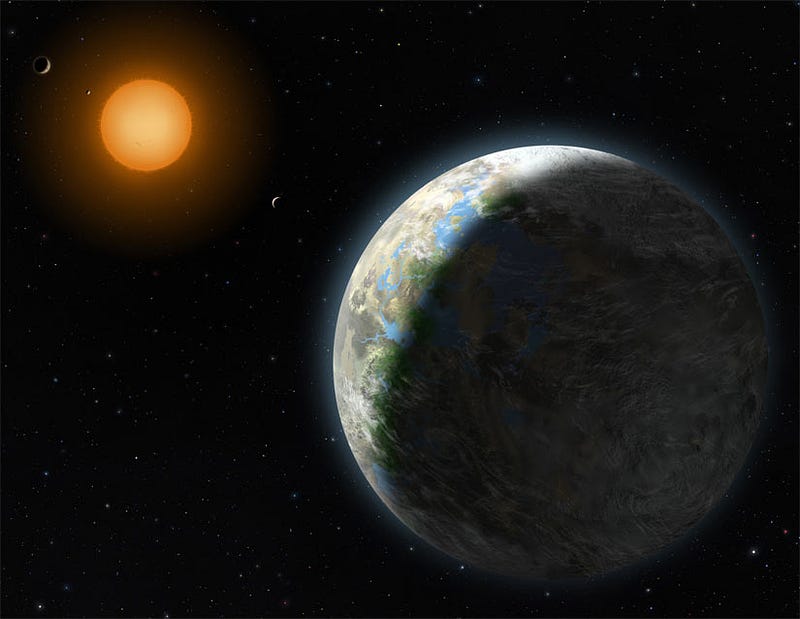
But it’s also possible that this is much closer to a Neptune-like world than to an Earth-like world. It might be only 60% larger than us, but it’s five times as massive, meaning that it’s got plenty of gravity to hold onto an envelope. And while there’s still a lot that’s uncertain, it’s literally insane to consider this a twin of the Earth.
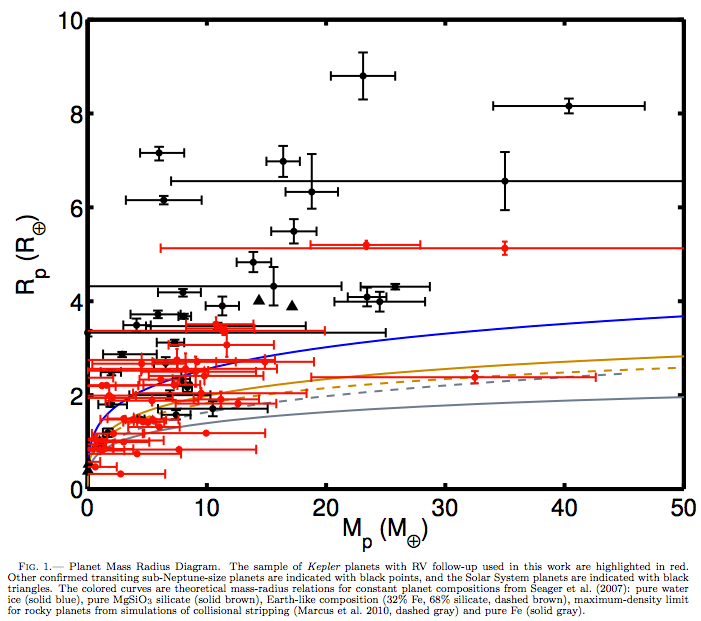
There are, realistically when we run all the estimates, likely to between forty thousand and maybe a hundred thousand of real Earth-like planets in Earth-like orbits around Sun-like stars. This is a Sun-like star with an Earth-like orbit, but the planet isn’t Earth-like; it’s super-Earth (or mini-Neptune) like.
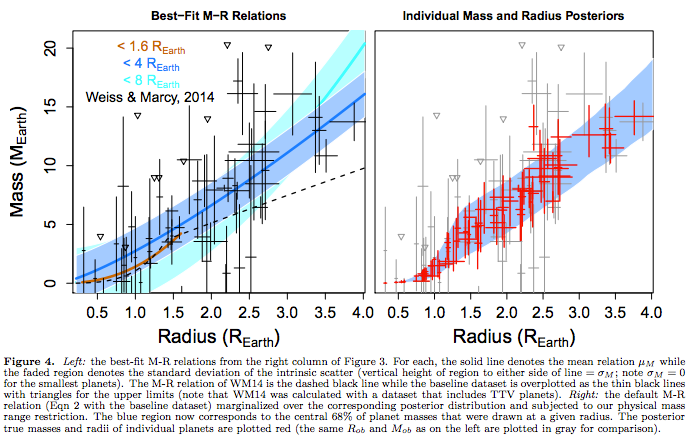
Moreover, if the real goal of seeking these planets is to find worlds capable of harboring Earth-like life, we’re better off looking at the smaller, Earth-sized worlds around M-class stars: in the habitable zones of their stars. The best bet for that is not to look for Earth-like orbits around Sun-like stars, but Earth-like planets in the right orbits around their stars. That’s how we’ll get there.
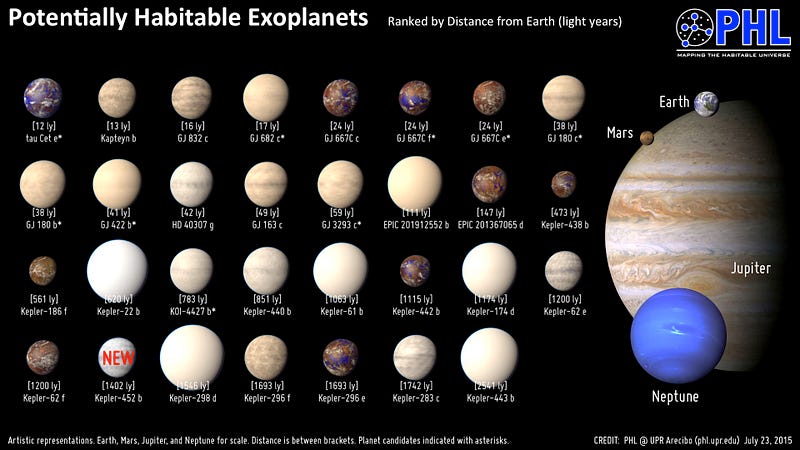
The key in all of this — and the point you should take away — is that finding a “twin” of Earth isn’t the holy grail it’s touted to be. It’s that if we want to find that which we most desire, to find a world that has the same secrets that ours has, the key is not to look for an identical twin, or at least to not limit ourselves to looking for identical twins. Rather, it’s to look for the full suite of the right conditions, and to realize that while they do occur on identical twins, that isn’t the most common place to find them.
Our distant, dwarf-like cousins — the ones nothing like Earth — might hold the keys to our most dearly-held dreams in the end.
Leave your comments on our forum, and support Starts With A Bang on Patreon!





